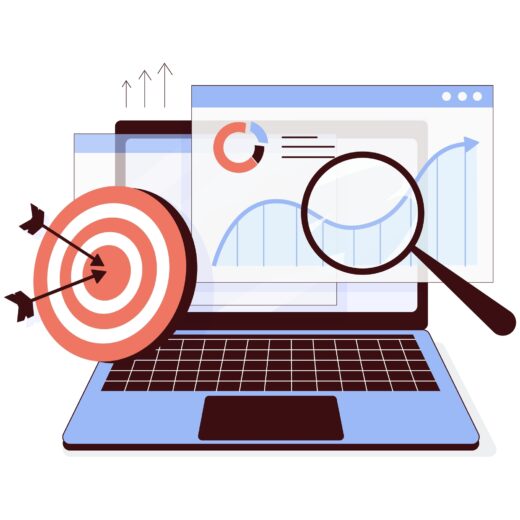Google Plans to Make Chrome’s Non-Secure Site Warnings More Obvious

Google has recently announced future plans regarding how Chrome, their web browser, will label HTTPS and HTTP sites…
Starting in September, Chrome version 69 will remove the green “Secure” text and only display a black lock icon in the address bar. Later, Google plans to remove the lock icon altogether, making HTTPS sites become the ‘default’ and not something the browser needs to notify us about.
Then, in October with Chrome version 70, Google will start displaying a red “not secure” warning in the address bar when you are on an HTTP page. Furthermore, this red warning will flash when you are entering data inside a form on an HTTP site.
Click here to see a GIF of what the warning will look like.
Emily Schechter, Product Manager for Chrome Security, said “We hope these changes continue to pave the way for a web that’s easy to use safely, by default. HTTPS is cheaper and easier than ever before, and unlocks powerful capabilities; so don’t wait to migrate to HTTPS!”
Still wondering what HTTPS is, and why you need it…?
HTTP stands for hypertext transfer protocol and it allows communication between different systems. Most commonly, it is used for transferring data from a web server to a browser to view web pages.
The difference is that HTTP data is not encrypted, and it can be intercepted by third parties. This can be resolved using a secure version called HTTPS, where the “S” stands for secure. This is particularly important for websites under the new GDPR compliancy laws when data is passed across the connection from the website form to the email client.
If you’d like to know more about switching to HTTPS please get in touch with our team, who can give you advice and discuss the best options for your website.








